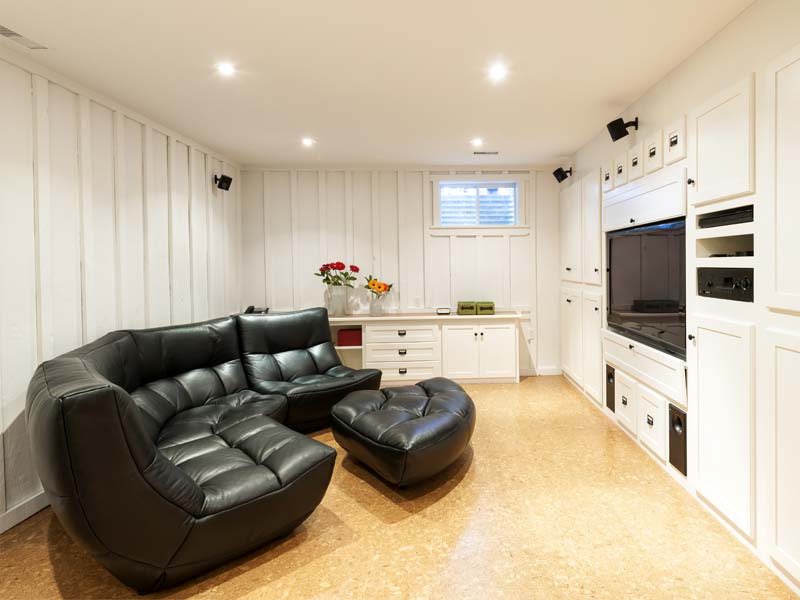Keeping It Dry,
Basement Waterproofing

Are you tired of your basement being wet, humid and just plain uncomfortable to be in? Not many things are worse for a homeowner than a wet basement and when it comes to keeping your basement dry, waterproofing is what you need to know about. Whether you are noticing a small trickle or the random puddle now and then, these signs can be proof of a much larger problem. From costing you thousands of dollars in water repair, the chance to grow toxic molds, and even structural damage, the last thing you want is a wet basement. So today, we are going to tell you everything you need to know about basement waterproofing and what it can do for you! Let’s get started.
Identifying The Problem
Before you start thinking about the coatings or methods for basement waterproofing, you need to identify where your moisture is coming from. If you just cover your concrete and hope for the best, you are opening the door to traumatic damage to your home, coating and even your health with the growth of mold and fungi. To help you identify what could be bringing water or moisture into your home, we have outlined a few common problem areas for you below:
- Cracks in your concrete, walls, and areas around windows serve as an express route for water in the basement. Water will always flow wherever is easiest and cracks are by far the easiest.
- Poorly maintained or improperly installed gutters are another notorious way that water can end up in your basement. By overflowing or flowing water the wrong direction, your foundation can be puddled with water with the slightest rainfall.
- Without the proper protection, condensation might as well be the plague as basements are notoriously humid. Condensation is the leading factor in the growth of mold, mildew, and fungi.
Choosing The Right Protection
Now that you have identified your problem areas, it’s time to choose the protection that is right for you. Thankfully, there are options outside of exterior waterproofing. There are many ways that you can waterproof your basement by simply using a wall or floor coating. So down below, we are going to be going through a few of the most popular floor coatings that you can use in the process of basement waterproofing.
Basement Epoxy
By far, basement epoxies are one of the most popular forms of basement floor coatings on the market. With its ability to provide exquisite finishes with additives like flakes or metallic pigments, it can make any dull and boring basement into the pride of any home. What most homeowners don’t know about basement epoxy is that it offers the ability to be slip and skid resistant with the additive of silica sand in its topcoat, which will give the epoxy texture. When properly installed, basement epoxies also offer the feature of 100% waterproof finishes so, in the off chance your basement does get wet, no harm will come to the flooring system.
Rustic Wood Concrete
We all know just how hard it is to use traditional wood flooring in the moist environment of the basement. Well, as of the past decade or so, stamped concrete offers a variation known as rustic wood-concrete. Rustic wood concrete mimics the appearance of a wood flooring system but offers the durability and water resistance of a concrete floor coating, giving you the best of both worlds. Rustic wood flooring is also coated with a sealer to top it off, making it resistant to scratches, stains and most importantly water.
Now that you know about basement waterproofing, it’s time to put your new knowledge into action! It’s time to make your home safer with basement waterproofing so we leave you the best wishes in all your home renovation projects to come!
